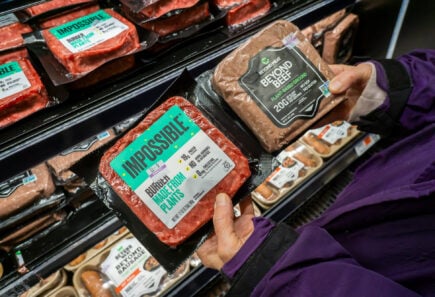
Alternative Protein Opportunity Newsletter
This monthly newsletter covers the latest plant-based industry news, market and consumer research, policy updates, helpful resources, and upcoming events.

This monthly newsletter covers the latest plant-based industry news, market and consumer research, policy updates, helpful resources, and upcoming events.

Startups and funds currently fundraising can request access to these directories, which feature hundreds of investors interested in funding alternative protein companies and funds.

Discover accelerators and incubators around the world that can provide early-stage resources for alternative protein entrepreneurs.

Explore the landscape of plant-based, cultivated, and fermentation companies including consumer brands, manufacturers, and ingredients companies.

This guide lays out the steps involved in starting an alternative protein company, from securing funding and developing your product to scaling up and expanding distribution.

Learn from and network with experts in alternative protein. GFIdeas is a community for entrepreneurs, scientists, students, and subject matter experts.

GFI is developing marbled cultivated beef with Dr. Amy Rowat at University of California, Los Angeles

Learn about Dr. Marcelle Machluf’s work designing cellular building blocks for cultivated meat with at Technion – Israel Institute of Technology.

Learn about Dr. David Block’s work to perfect growth media for cultivated chicken at University of California, Davis.

GFI is building plant-based tissue scaffolds for cultivated meat with Dr. Masatoshi Suzuki at University of Wisconsin, Madison